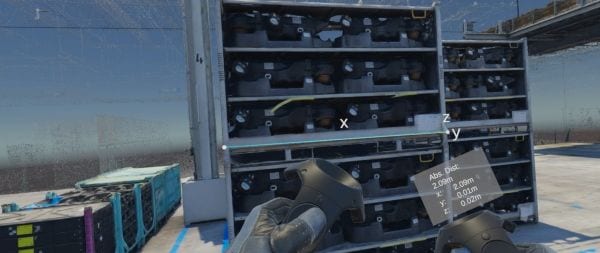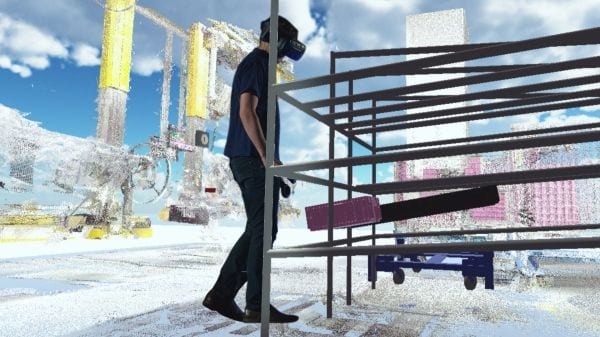BMW Group has a global roster of about 1,800 suppliers, scattered at 4,000 points across the globe. Together, they deliver 31 million parts to 30 BMW production sites, worldwide, every day. At the same time, almost 10,000 vehicles come off its production lines daily, for delivery to customers around the globe. Its supply chain runs both ways, in and out of its production plants.
New digital technologies are helping the German car maker to untangle the data from its complex global supply and distribution networks, to streamline its operations, and cascade insights up and down its chain of partners. Alongside this process of digitisation, BMW is seeking to drive automation at its production facilities, with major focus on autonomous logistics robots and intelligent transport systems.
Jürgen Maidl, head of logistics for the BMW’s production network, comments: “Logistics is the heart of our production system… We are taking advantage of the wide range of technological innovations… We are already working with tomorrow’s Industry 4.0 technologies today.”
BMW has organised its logistics division like a startup within the group, it claims, with an instruction to work collaboratively, with agile development methods. It works with universities and real start-ups. Its factories always have projects on the go, it says, designed to manage “increasingly complex logistics processes”.
Marco Prüglmeier, head of Innovations and Industry 4.0 for BMW’s logistics division, says: “We learn the most from these pilot projects. We [have] already transferred a number of projects to series production, with further implementations planned for the future.”
The company’s drive for a ‘connected supply chain’ (CSC) is designed to increase its transparency. Updates on the location and delivery of goods are issued every 15 minutes, and made available to logistics staff to schedule workloads and respond in the event of likely delays.


Each part of the chain connects via its CSC portal, which issues transport notifications, as well as material numbers with GPS data and arrival times. It has integrated “several hundred” suppliers in Europe and Mexico into the system since the middle of 2018. By the end of 2019, it will have “several thousand” connected, it says.
The CSC also provides the core data for BMW’s analytics engines, covering its artificial intelligence (AI) capabilities, across its supply chain, and feeding into its manufacturing as well. As per the industrial IoT dogma on AI, BMW is training neural networks by presenting its machine learning algorithms with standard objects, tasks, and rules, such as images of container types taken from different angles.
By training the network in this way, it becomes capable of recognising the container types it has learned from new photos reliably and independently. This process – backed by heavy investment in compute power in the cloud, on-premise and at the edge – is underpinning the intelligence and usefulness of its robots.
Its investments in edge computing and private networks also support its use of virtual and augmented reality (VR and AR) on the factory floor. AR glasses provide guidance to staff sorting vehicle parts for assembly. VR is being used with digital twins to design and develop 3D schematics of products, and to help with building configurations.
This article continues here; see links below, also. Check out the new report from Enterprise Iot Insights: From supply chain to demand chain – how IoT and AI are enabling the supply chain to flex to changing demand.
